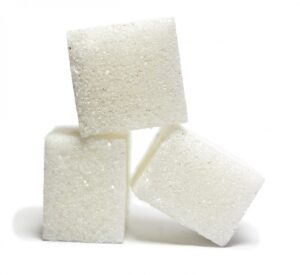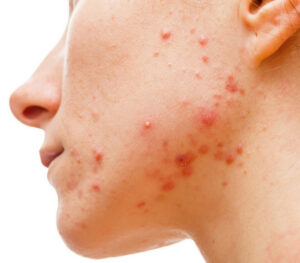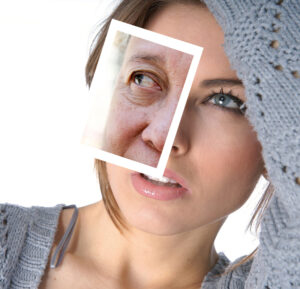
In recent years there has been much talk about the big bad Sugar word, and where it lurks, often even hidden in so called ‘health foods’ in our diets. In its natural form, as we find in whole fruits and veggies, sugar can be nutritious, however, the processed forms and in the increasingly high levels we consume, sugar can have significant effects on our health, our skin included.
We know that diets high in sugars increase our risk of; obesity, diabetes and heart disease, to name a few, so what about our skin? Our skin is the body’s largest organ, of course it is going to feel the effects of a sugar laden diet, and acne and wrinkles are some of the signs you may expect to see! Not so sweet hey?!


Here’s another fun fact, when coupled with UV exposure, the damaging influence of AGE’s is intensified, accelerating the rate at which your skin ages, losing its elasticity and ability to repair itself

Leave a Reply